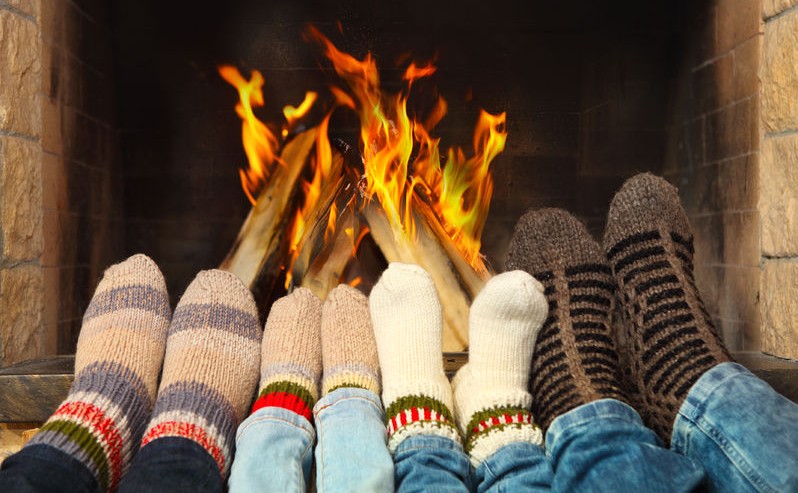How to Maximize Your Heating Efficiency
Your furnace works hard to keep your home heated through the winter. The real question is, is it working too hard? With energy rates increasing, the cost of heating a home is higher than ever. Not to mention the wear and tear that can be put on a furnace if it is running harder than it needs to.
In order to avoid costly winter heating bills as well as a potentially costly replacement of your whole HVAC system, here are some things to do and look for in the winter months to get the most out of it.
Turn Down the Thermostat
It may sound counterintuitive, but the amount of savings that you can realize by lowering the temperature may surprise you. Just dropping the temperature one degree can save up to 4 percent on your heating bills.
Yes, this might mean wearing an extra sweat shirt in the house during the winter months or throwing an extra blanket on the bed, but the savings in both energy and wear and tear on your furnace will be well worth it.
Check Your Doors and Windows
Doors and windows are the portals to the outside. For all the bright sunlight and cool summer breezes they let in, they also let in drafts and cold air during the winter. Your doors may actually be acting like a heat sink, pulling the heat right out of your home. Take a minute to check around your door to see if you can feel any cold air coming in. While you do that, also put a hand on your door then on the wall next to it. If you feel a significant temperature difference between the door and the wall, your doors might be causing you to lose a good amount of heat. Consider replacing the door with a more efficient model.
Windows can also be troublesome. In the winter, covering your windows with heavy curtains will keep the chill out of a room. You may also want to check your windows’ thermal rating to make sure they are keeping out all the cold that they should be.
Don’t Heat Empty Rooms
If you have rooms in your home that are not frequently used, close the vents (but not all the way) into those rooms. Yes, they may be colder when you want to go into them to use them, but you won’t be wasting energy on them in the meantime.
Also, take the opportunity to walk around your home and make sure all the heating vents are unobstructed and clear. Keeping the warm air flowing freely helps your furnace work more efficiently.
Seal and Insulate your Ducting
Ducting can also be a major cause of heating loss. Ducts that move through a cool part of the home or that are not properly sealed can cause energy losses as high as 20 percent. Consider having an HVAC contractor come to your home to make sure you don’t have any leaks.
If your home just isn’t staying warm, it may be time to get your system serviced. Click here to get a free quote from a local HVAC contractor. You’ll get custom pricing in just minutes, all without giving any contact information or having a stranger come to your home!
Related articles
Optimizing Home HVAC Performance
The Most Efficient HVAC Systems & How They Can Save You Thousands
What Do the Different Energy Ratings for Heating and Cooling Systems Mean?





Comments
Comments are disabled for this post